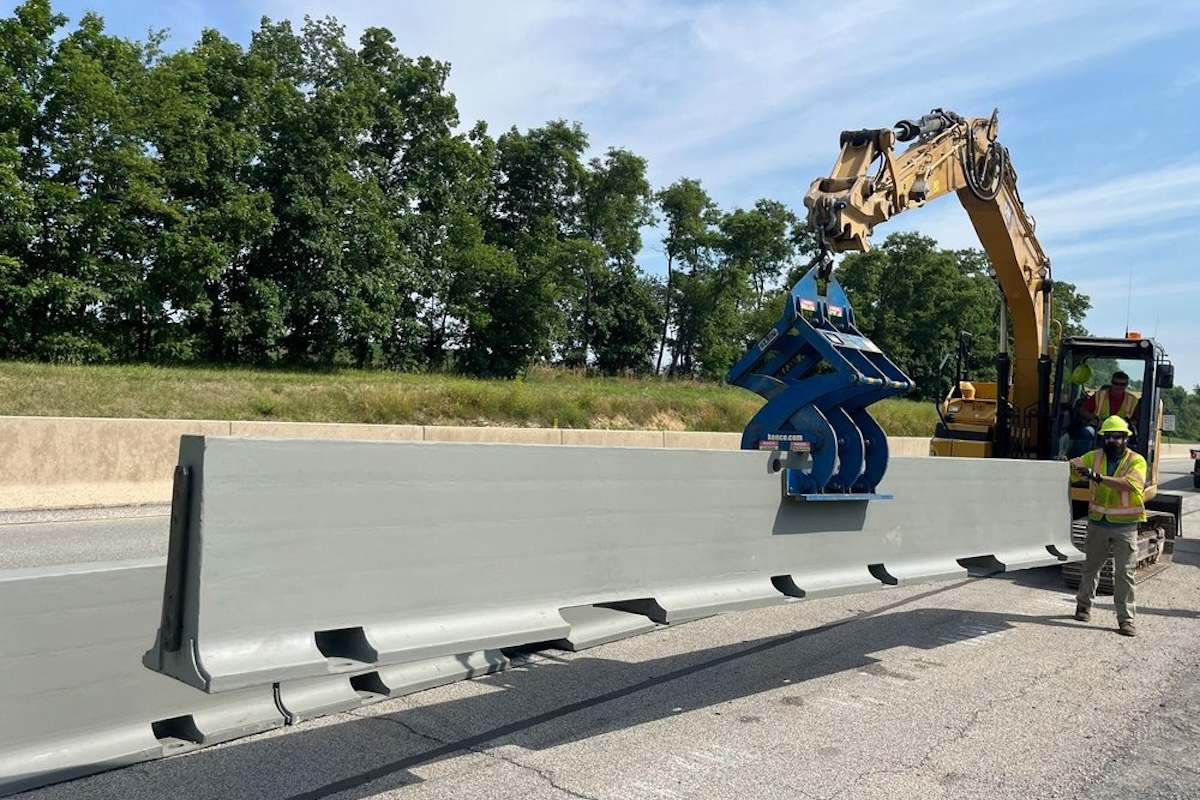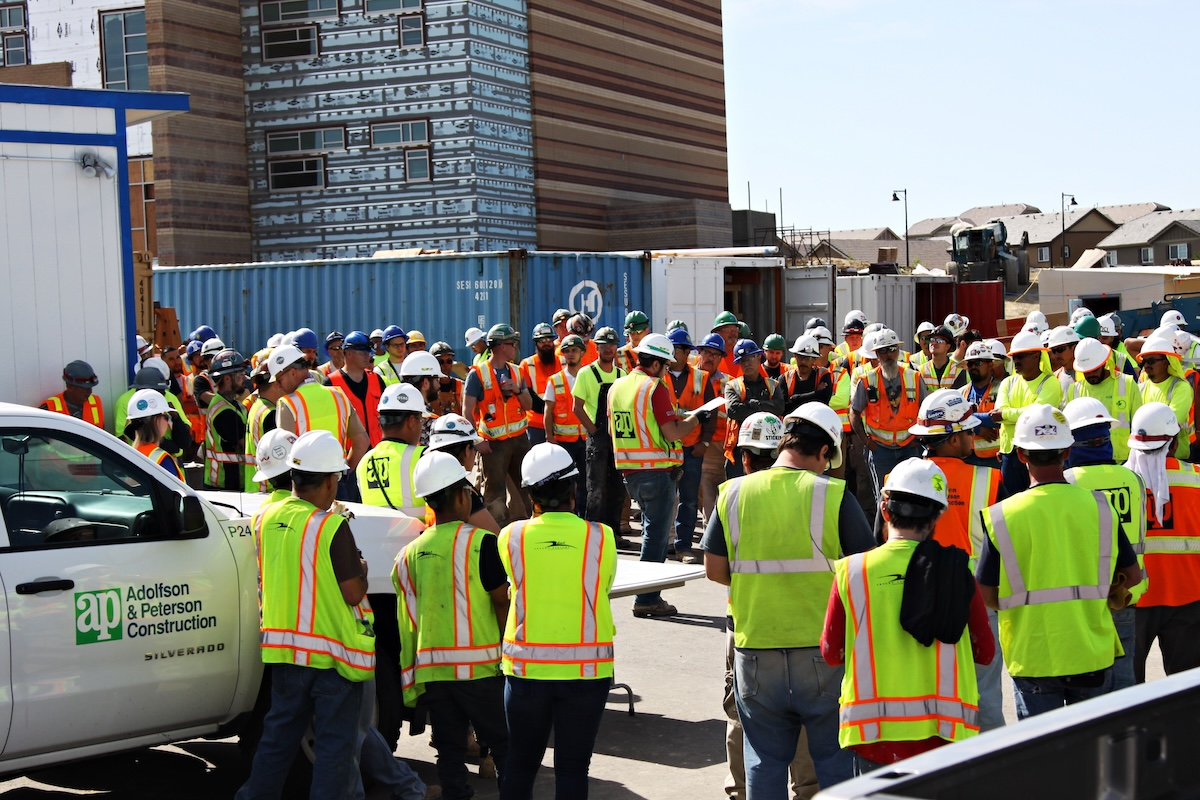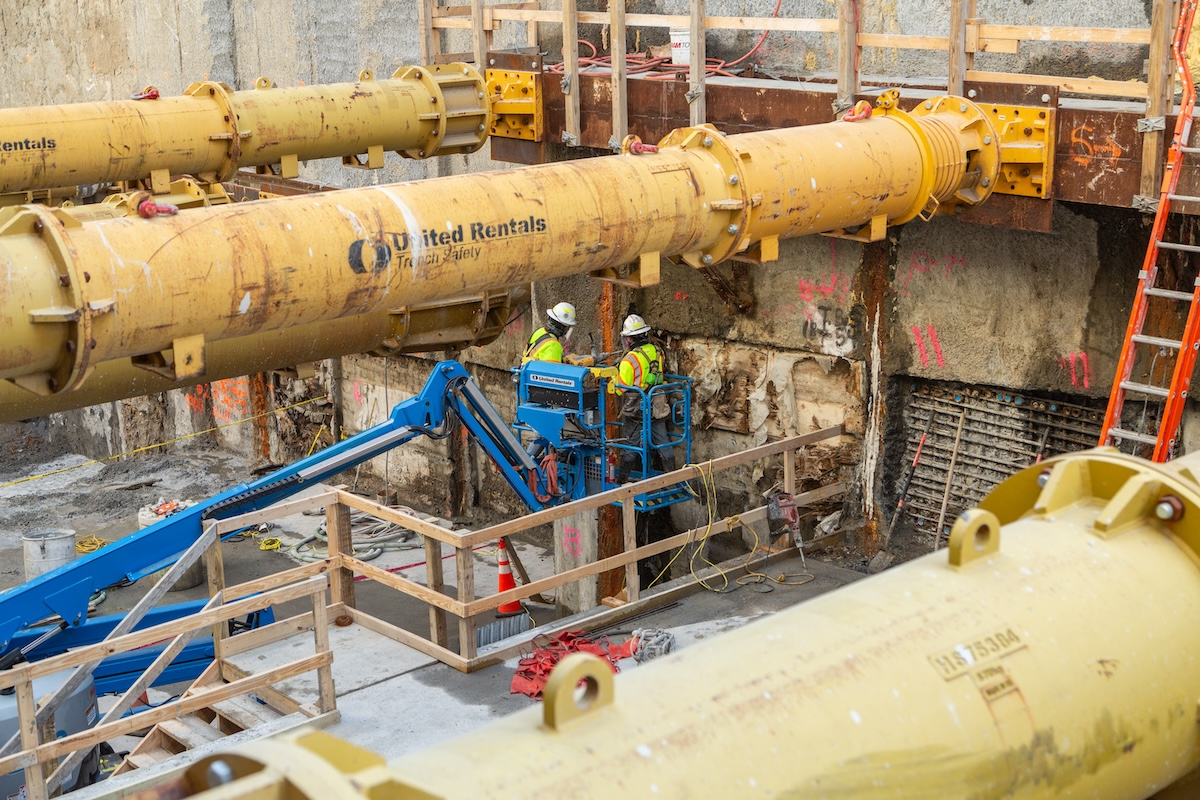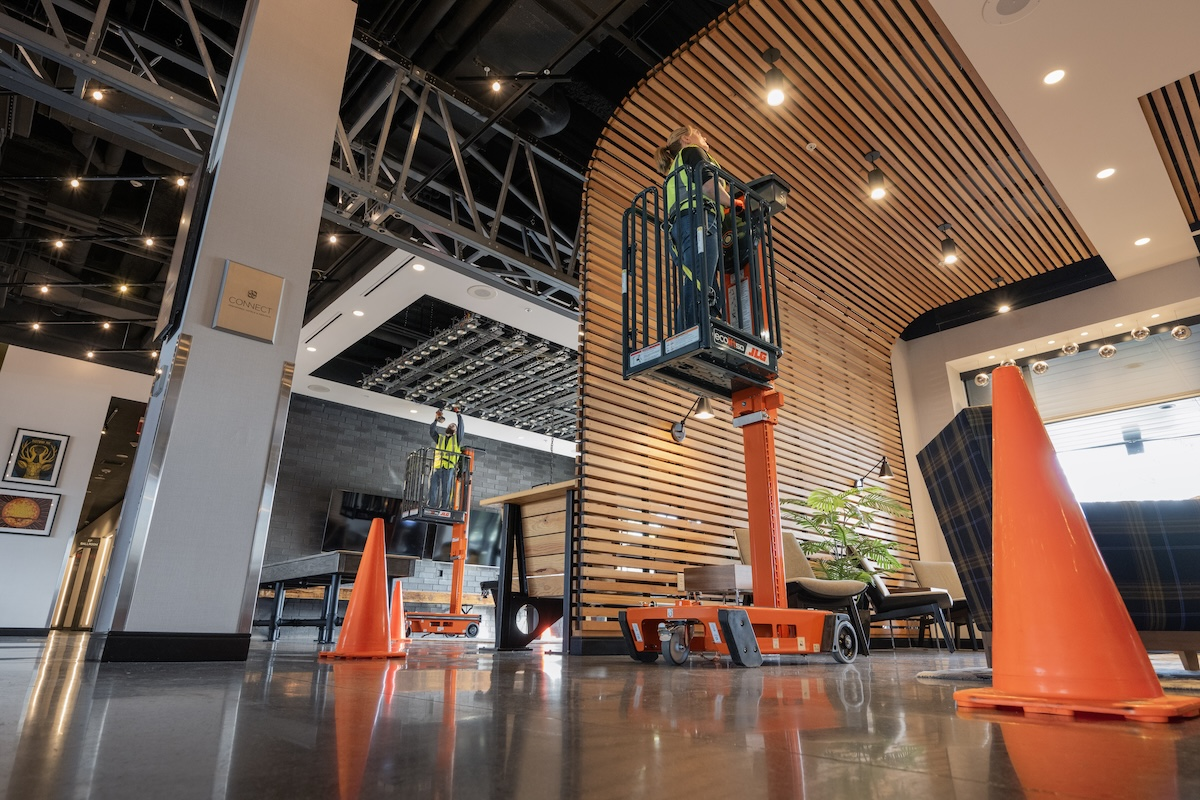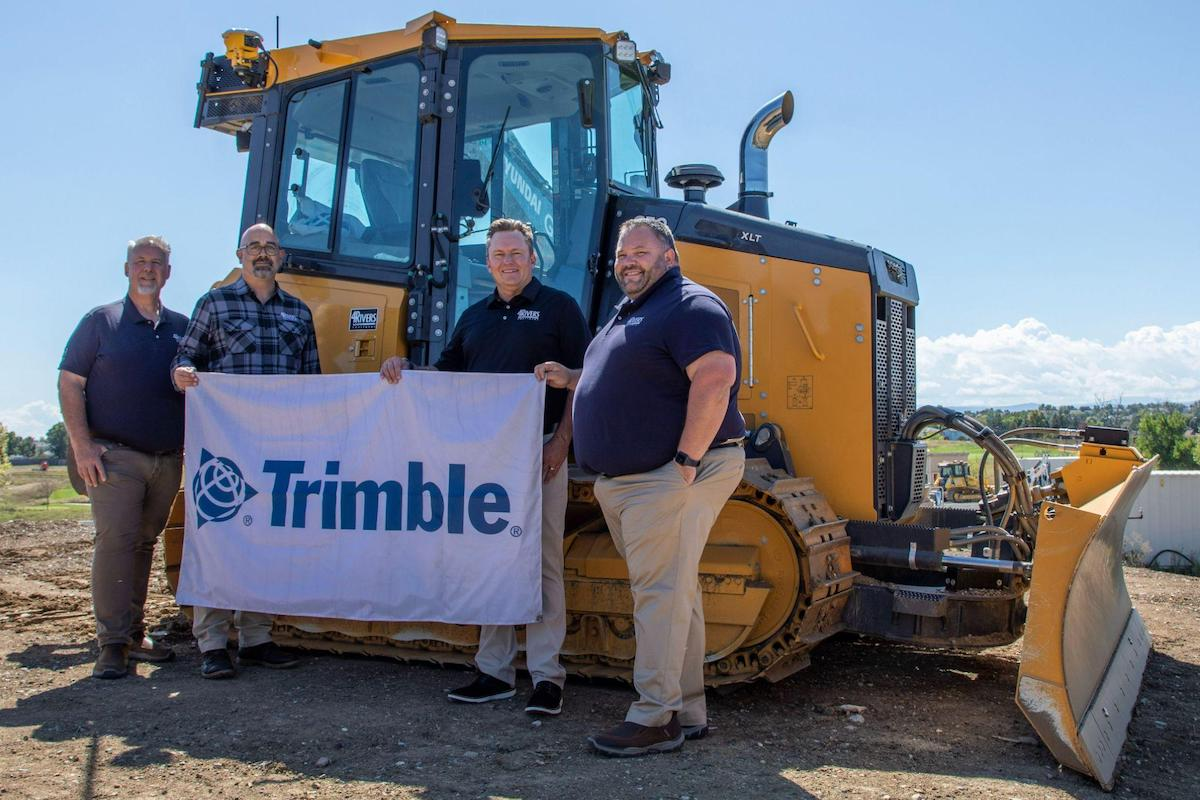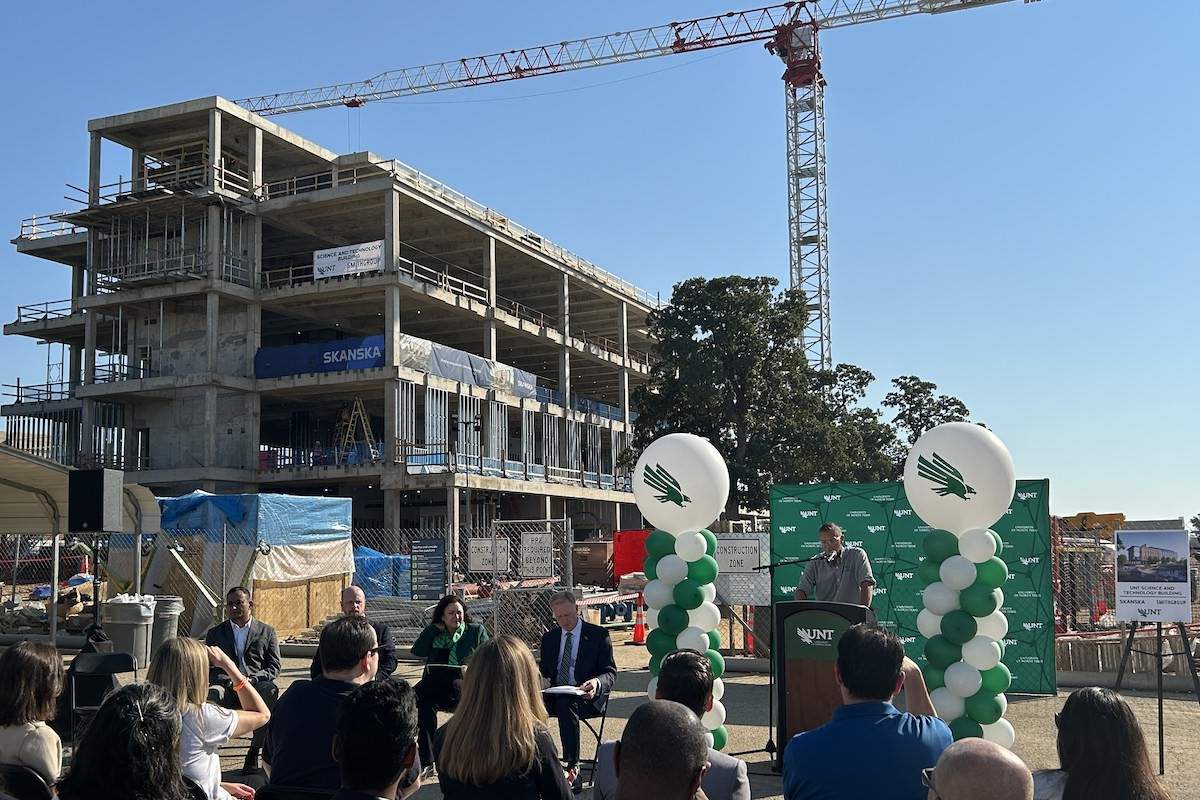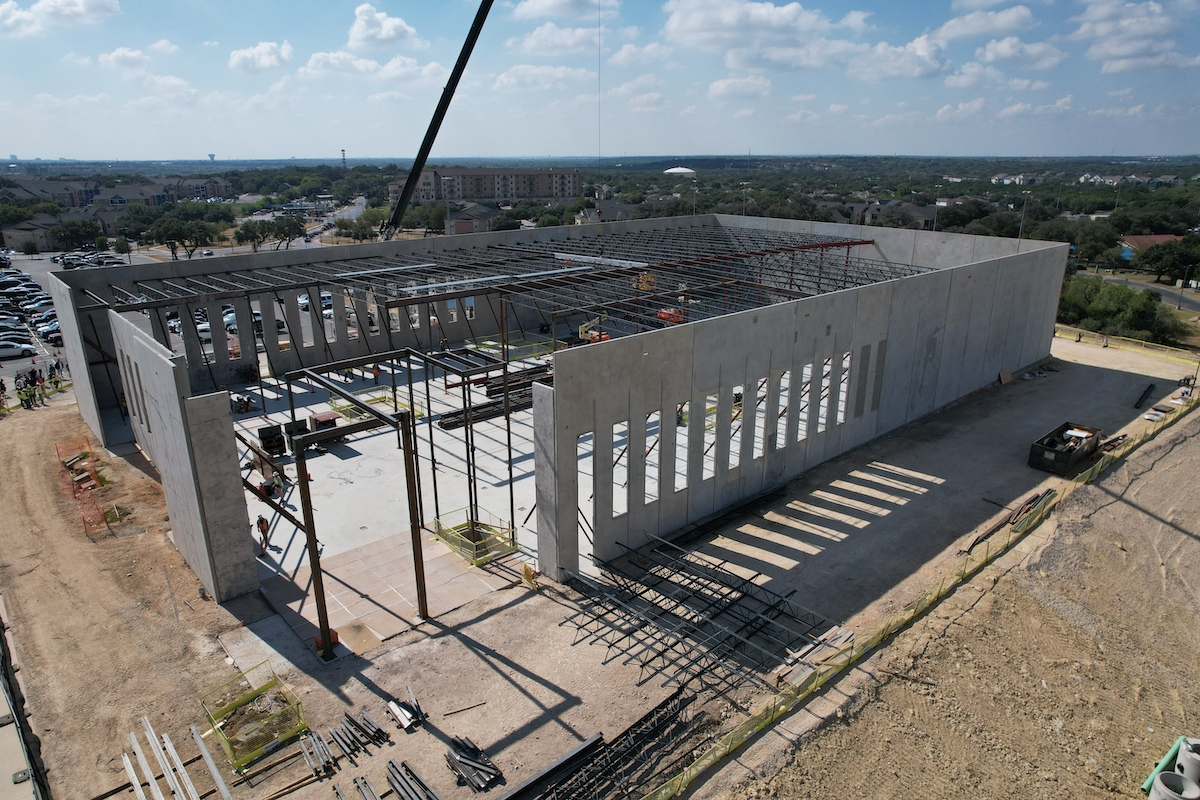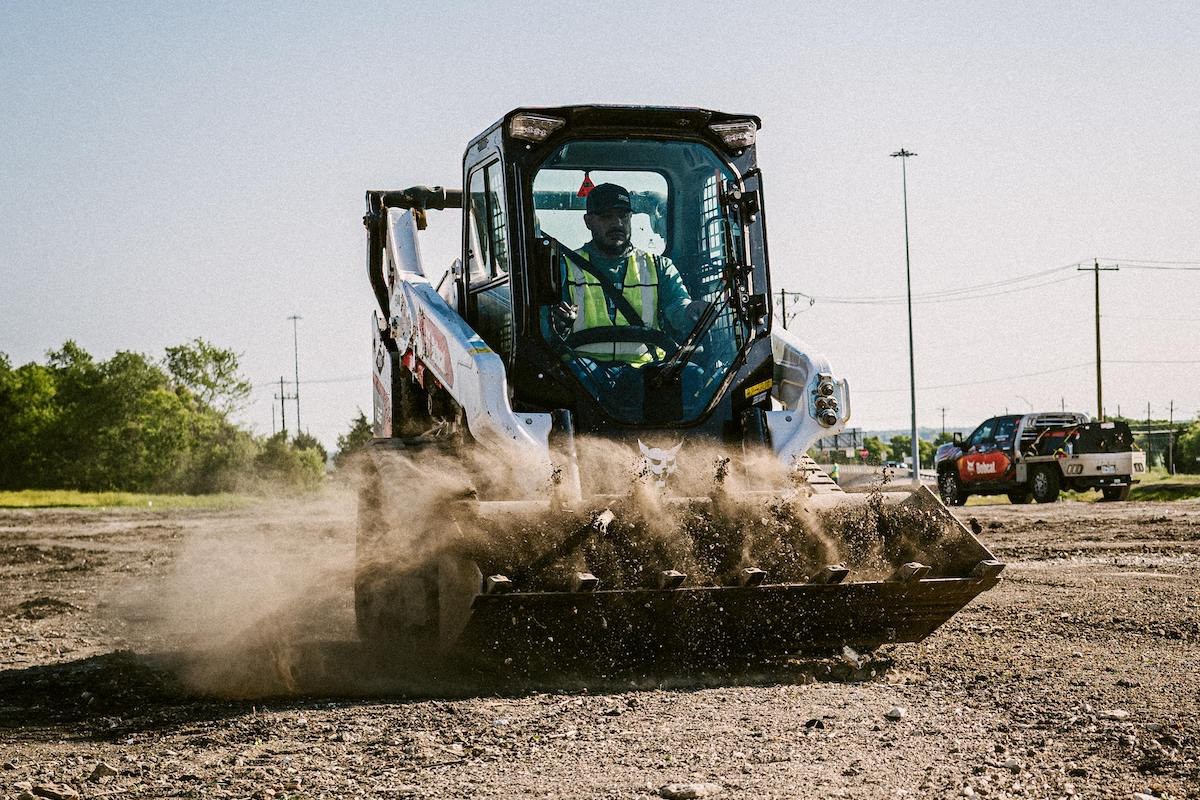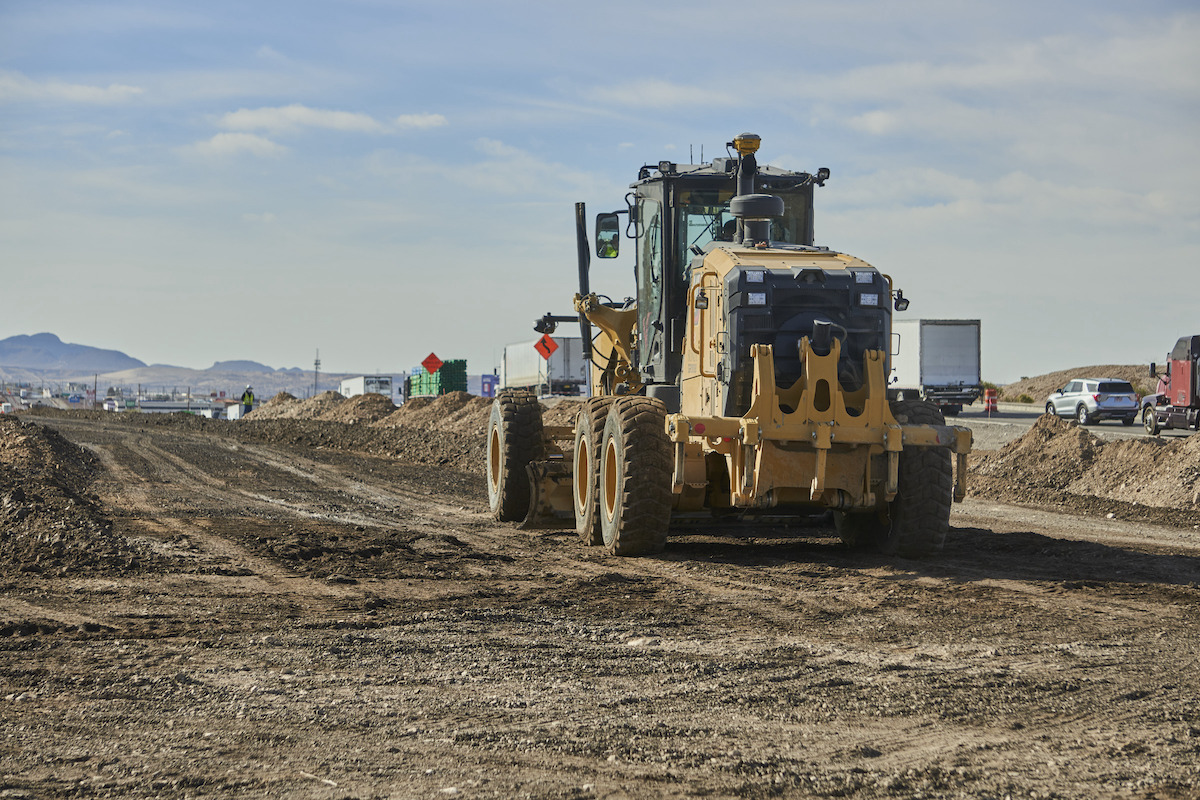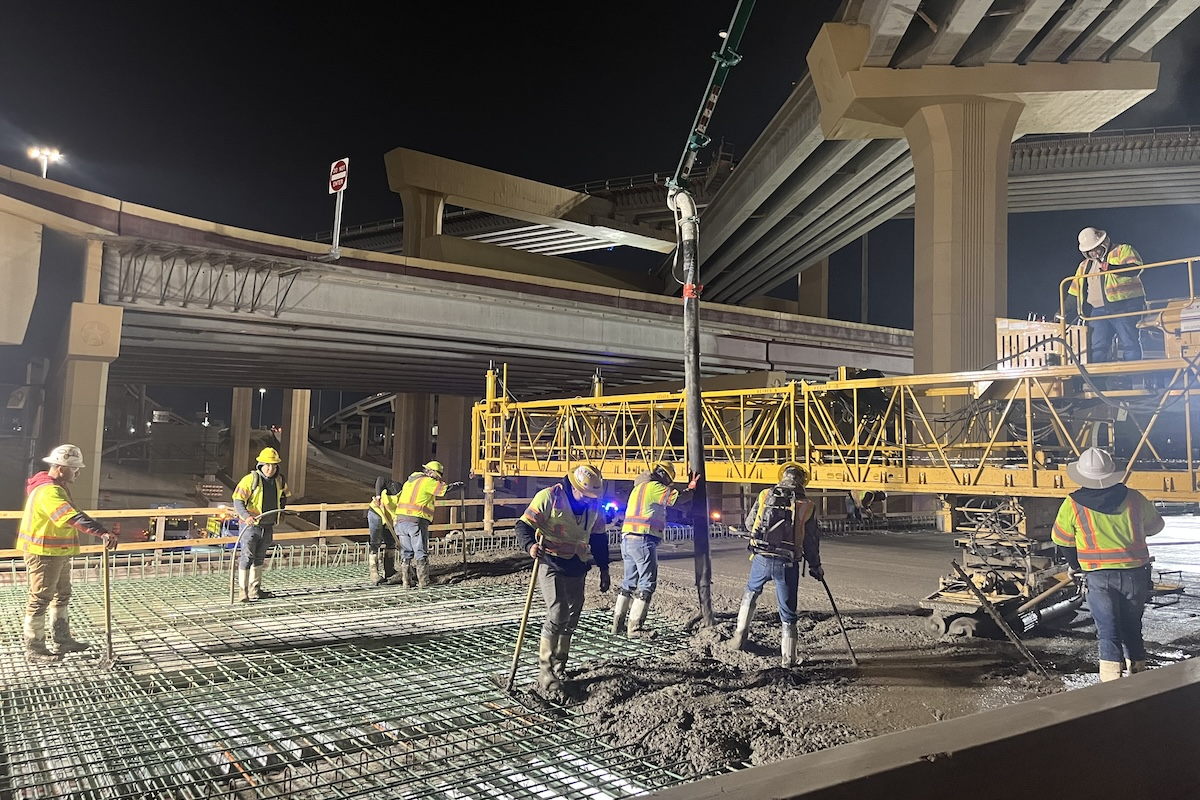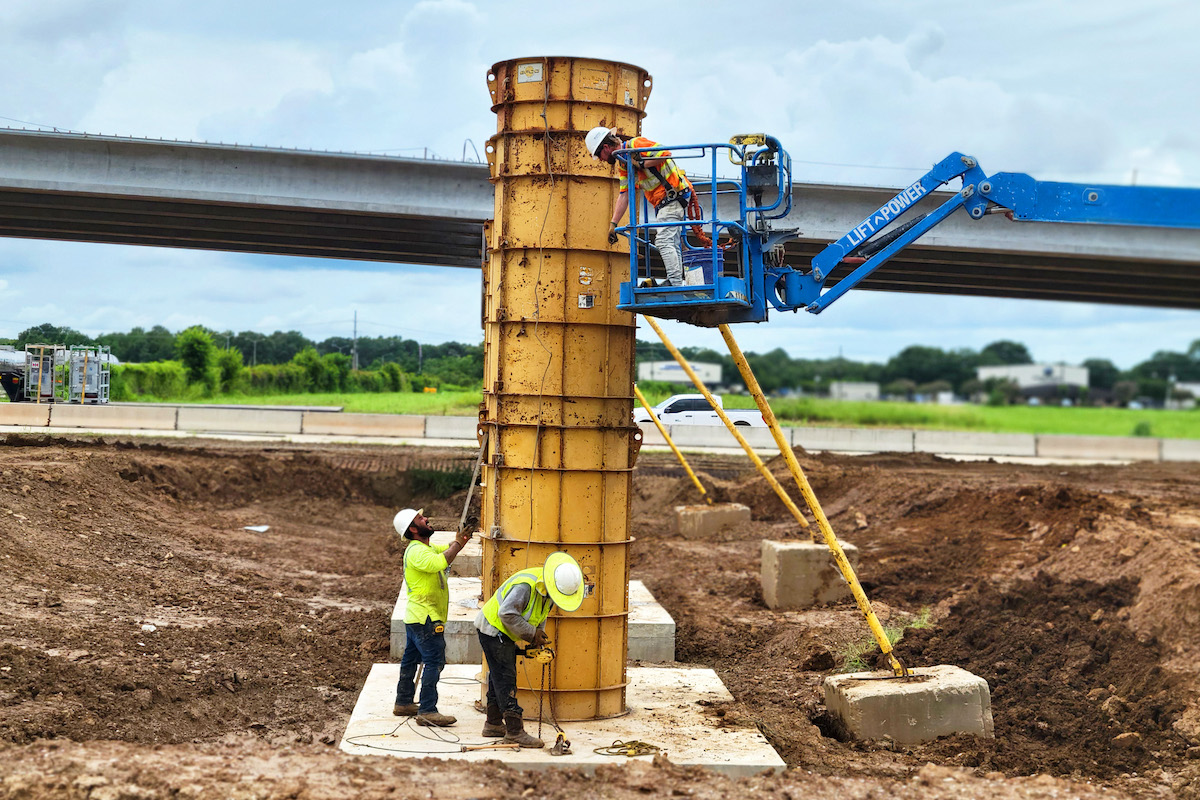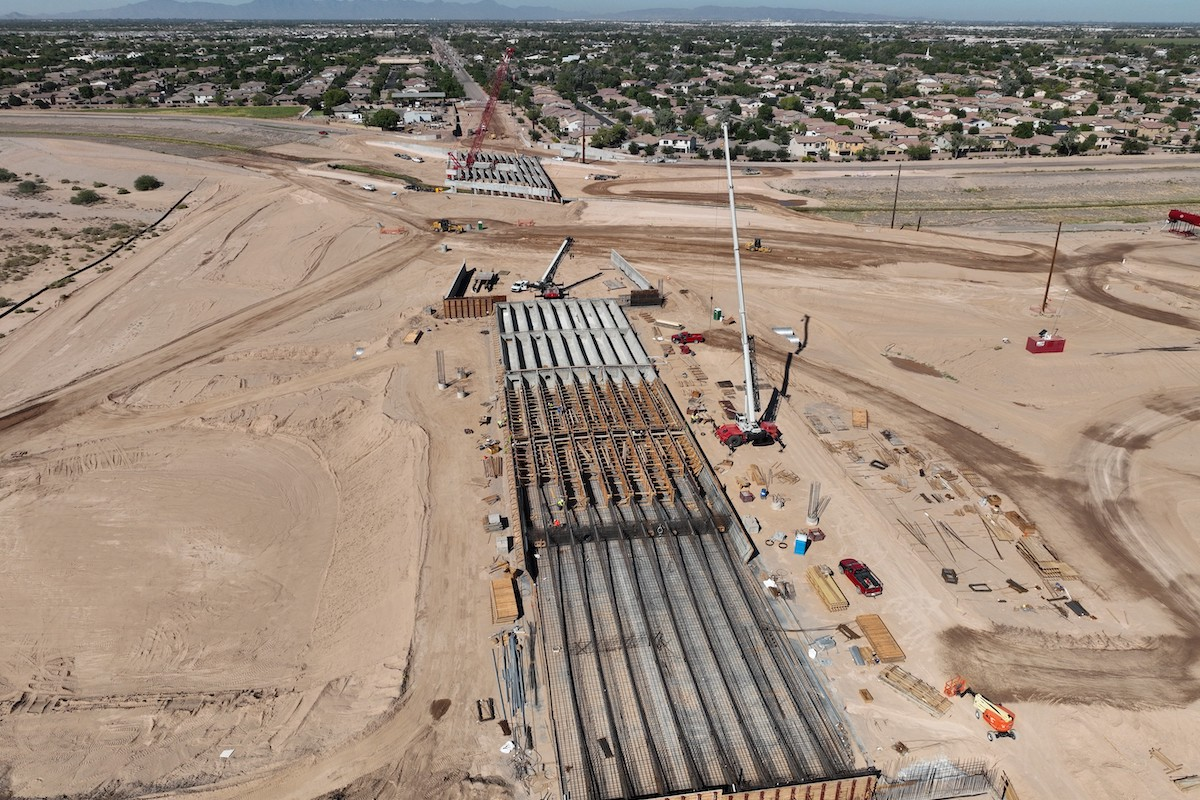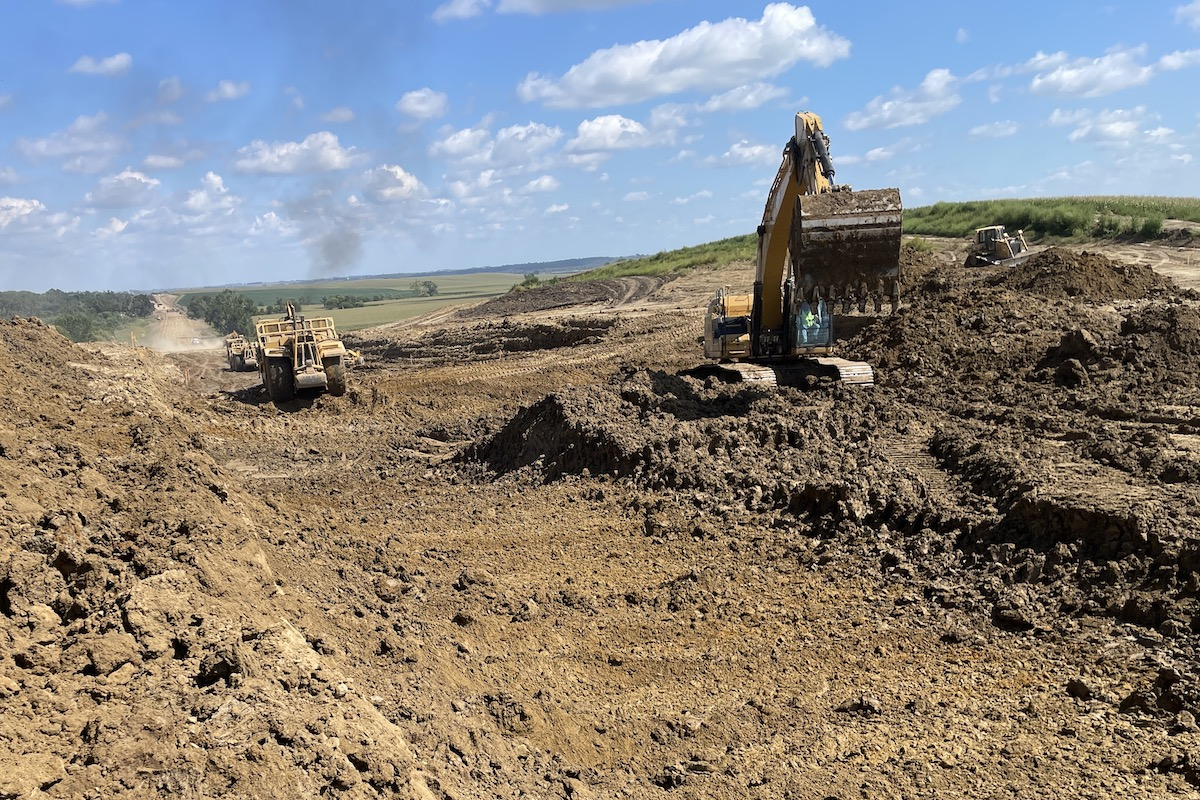Employers sometimes handle a difficult work situation by giving employees the option of quitting instead of being fired. The rationale is that the employee made the choice. However, in such a situation, an employee may view this as an optionless choice. Likewise, changing working conditions so that most employees would search for the exit doesn’t avoid potential legal issues. In fact, it may actually make them worse. From the perspective of the law, pushing people out effectively terminates their employment and may make employers liable for unemployment compensation. More critically, employers may expose themselves to potential claims of discrimination or harassment.
Creating or permitting circumstances intended or reasonably expected to lead employees to quit is often described as “constructive discharge” and may lead to liability when coupled with evidence of unlawful discrimination. The U.S. Supreme Court defines constructive discharge as circumstances where the underlying discriminatory conduct is such that a reasonable employee would have felt compelled to resign. In claims under Texas state law, the Texas Supreme Court asserts the same standard, finding conversely that if a reasonable employee working under similar conditions would have tolerated the employer’s conduct, the former employee’s resignation is unreasonable and not a constructive discharge.
What types of situations should raise concern about potential constructive discharge for Texas contractors? While the test provided by the Courts does not provide a bright line, the following circumstances should draw the employer’s attention:
- Hostile environments based on any legally protected status such as sex (including sexual orientation or gender identity), race, national origin, disability status, or age over 40.
- Employer failure to alleviate unsafe working conditions.
- Employer failure to provide reasonable accommodation for a documented disability as defined by the Americans with Disabilities Act.
- Threats or acts of workplace violence either by the employer or a failure by the employer to address.

| Your local Atlas Copco CMT USA dealer |
|---|
| Closner Equipment Co Inc |
| Central Texas Equipment |
| Bee Equipment Sales Ltd |
| Cooper Equipment Co |
- Have well-drafted, consistently enforced employee policies. A critical place to start with effective employee relations is to create policies your employees are aware of, violations of which lead to actual and consistent consequences. Have a progressive discipline policy and use it. Frequent contact with employees regarding the enforcement of well-appreciated rules creates better work environments.
- Enforce rules in an even-handed, non-prejudicial manner with similar discipline for similarly situated employees. Inconsistent discipline or lack of discipline for a matter that later leads to demotion, termination, etc. frequently arises as an issue in employment discrimination cases (as well as OSHA violations.)
- Seek legal advice in the development of workplace policies and making terminations. Don’t characterize terminations as layoffs unless positions have actually been eliminated.
- Never address employee issues by making the workplace unfriendly or hostile. Employees may feel uncomfortable if they are incapable of following the rules. However, addressing performance failure by creating a hostile environment may create liabilities greater than those posed by poor-performing employees.
- Never retaliate, or give the impression of retaliation, against employees making complaints of harassment, discrimination, safety violations, bullying, or other violations of company policies unless there is clear evidence the employee lied about the conduct complained of.
- Be sure all employment decisions (hiring, firing, promotions, demotions, pay determinations, assignments) result from well-evaluated business or disciplinary decisions.
- Conduct thorough, unbiased investigations of accidents, employee complaints, and near misses. Document evidence and findings as thoroughly as possible.
Most employment findings of liability in employment lawsuits result from inconsistencies in the application of policies and procedures. A simple three-step procedure for protecting against unnecessary liability is 1. Document, 2. Document, and 3. Document.







